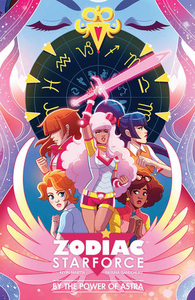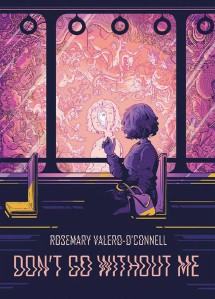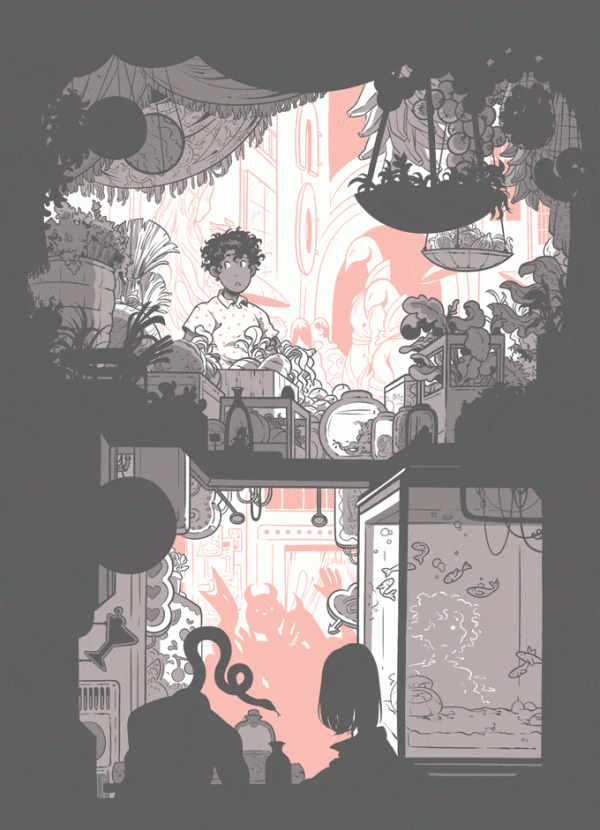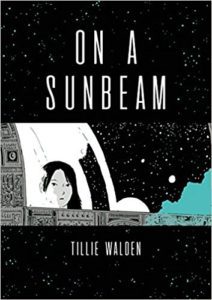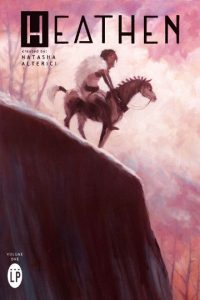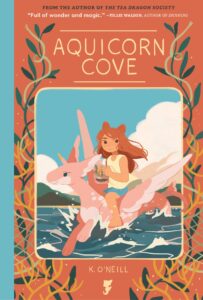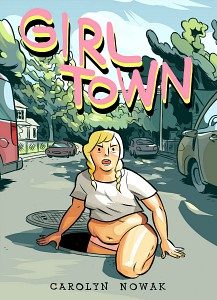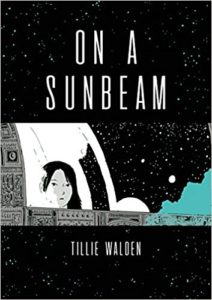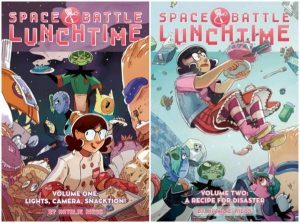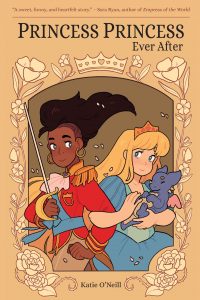Zodiac Starforce Volume One: By the Power of Astra is about a team of astrology-inspired magical girls, who have already done that whole “saving the world” thing and are trying to get back to their regular lives. It’s excellent.
I love the art and the character designs. All of the girls have really sensible, practical-looking magical girl outfits that make me think of armoured roller-derby uniforms, and they all have recognisably different styles! And the art is really cute and has a bright, pop-colour palette that brings me joy just looking at it. I think the decision to skip over the origin story and the exact details of how they sealed Cimmeria away was an interesting one that’s mostly handled well; we get to skip the teething pains of a team learning how to work together, but the story could have coped with being a little longer so there was more time for us to get to know the non-team characters. It felt like the second series of a magical girl show, where they have to reunite and find out the truth behind their powers, which is what the creators were going for, but there’s a corresponding lack of getting to know the characters. (Also, I absolutely adore the different Zodiac Starforce teams we get to see! They’re all really cool and visually distinct, and I would love to read the spin-off comics about them!)
And of course, shockingly enough for a magical girl comic, there’s a really strong focus on the relationships between the team and with their wider social groups. The friendships between the girls was really well done, especially for the fact that they have clear boundaries that they enforce even with each other! I like the way that their magical past simultaneously draws them together and is responsible for the cracks in their friendship – the different attitudes the characters have to that past and how ready they are to go back into battle is really well done, with a believable range of reactions. Plus, the way that members of the team get to be both openly queer and have very cute relationships with their significant others filled me with joy.
Zodiac Starforce is a lot of fun, and if you’re in the mood for an upbeat magical girl comic with great relationships, I’d definitely check this out.
Susan is a library assistant who uses her insider access to keep her shelves and to-read list permanently overflowing. She can usually be found as a contributing editor for Hugo-winning media blog Lady Business, or a reviewing for SFF Reviews and Smart Bitches Trashy Books. She brings the tweets and shouting on twitter.

